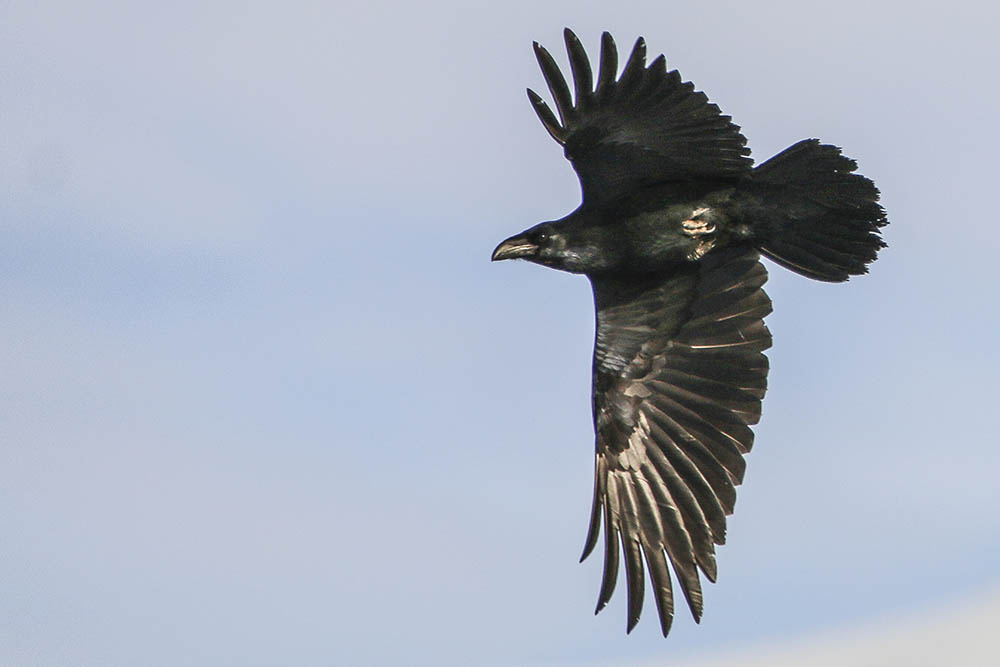Wildlife
Due to its varied habitats and the many near-natural areas, the mountain landscape of the Berchtesgaden National Park is home to a rich fauna with some wildlife species that have already become very rare in Germany.

Chamois inhabit both high alpine habitats and pure forest areas, provided these have sufficiently steep and rock-interspersed structures
The most current wildlife research project in Berchtesgaden National Park focuses on the interactions between cloven-hoofed game (red deer, chamois and roe deer) and the ecosystem. Cloven-hoofed game plays a central role in the mountain ecosystem. These animal species interact closely with vegetation, on the one hand by influencing plants through (selective) browsing. On the other hand, a change in habitat quality, e.g. as a result of altered forest structure and composition, affects the behavior, migration and reproduction of the animals.
To better understand the interactions between cloven-hoofed game populations and a forest ecosystem characterized by natural disturbances (storms, bark beetles, avalanches), we are currently investigating whether there are tipping points between cloven-hoofed game and forest regeneration beyond which these large herbivores no longer influence tree species composition and forest structure.
A further question is to clarify how climate change, which is progressing particularly rapidly in alpine habitats, affects the reproductive success and habitat selection of chamois, and deer. For this purpose, some animals will be fitted with GPS transmitters and their movement patterns will be analyzed in relation to habitat, weather and disturbance by humans. The results will provide information on the influence of vegetation, use such as tourism and game population regulation, weather and interspecific competition on habitat use and wildlife behavior. The resulting findings will not only be incorporated into the wildlife management concept of the Berchtesgaden National Park but will also be relevant for other areas in the alpine region.

Raven are usually found first of all on carcasses
On more than 75% of the national park area no game population regulation takes place. For chamois and roe deer, the zone without any intervention in the population is even larger. Similar to the forest, game populations here are subject to natural processes, which subsequently leads to much higher natural mortality than in hunted populations. At the ecosystem level, the death of large game animals means new life - and lots of it. The third focus of the current cloven-hoofed game project therefore addresses carrion ecology. The carcasses produced in the park by natural mortality, which are known to be biodiversity hotspots, are monitored throughout the decomposition process for the species present there. This ranges from larger prey predators or omnivores, such as fox, golden eagle, and raven, to carrion flies, and beetles. Subsequently, the effect of the decomposing carcass on soil bacteria and fungi as well as vegetation will also be studied.
Additional wildlife projects and monitoring efforts are being planned and will be established over the next several years.

Temperature-dependent development of body weight of one-year-old chamois in open alpine habitats (red) and forest habitats (green).
Contact:
Dr. Rudolf Reiner
Wildlife ecology, wildlife and habitat, hoofed game, grouse, habitat modeling, wildlife and climate change, monitoring.